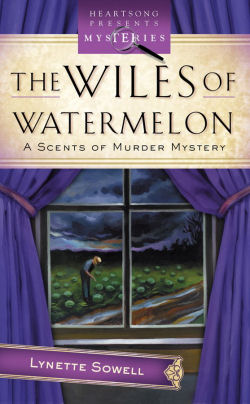|
Have
you ever tried to juggle? I tried a few times. I did well just tossing
one or even two balls from one hand to the other. But forget keeping a
third ball in motion. To juggle successfully, I’d have to keep track of
at least one ball constantly in midair. No way am I coordinated enough
to do that.
I’ve come to believe that the
idea of juggling everything in our lives, including
writing, isn’t accurate. We can’t devote our full attention to the main
task at hand if we’re juggling, because we’re always thinking about the
other tasks we’re tossing around.
Like every writer in the world,
I have but twenty-four hours in one day. Unlike some writers, I work a
full-time, nonwriting day job, eight hours per day, five days per week.
Subtracting those eight hours per day and seven hours of sleep (on a
good night), I’m left with nine hours for family and activities of
daily living. Oh, and writing.
Since 2005, when I received my
first novella contract, through December 2008, I’ve written four
20,000-word novellas and four novels, all while working full-time. At
first when people asked how I was able to write so much, I told them I
didn’t know.
Then I read a statement about
time management that resonated with me: When we say yes to
something, we’re saying no to something else. At last, I
realized how I accomplished my writing in addition to working
full-time.
To write, I’ve had to sometimes
say no to many things: Television. Movies. Internet. Running around
with friends. Cooking supper every night. Extra church activities.
Enough sleep. To write, I had to say yes to research, attending
conferences, plotting, brainstorming, character development, and writing
whether I felt like it or not.
Sometimes it’s a good idea to
stop juggling and pay attention to what we say yes and no to. I
recommend sitting down with a cup of coffee and a notepad. First, make
a Yes column on one side of the paper and a No column on the other.
Write down everything in your life you must say yes to, even
occasionally. Not that you’d like to say yes to.
We’re talking must say yes to.
On the other side, write down
activities you should say no to. Maybe that
includes items like extra Internet surfing time, hours spent on
Facebook, reading e-mails, or playing spider solitaire. I’m picking on
the Internet because I know that’s an Achilles’ heel for many writers.
Occasionally,
items in the Yes column drift to the No column, as they should. Suppose
you have “spend time with my friends” in your Yes column. You don’t
have to say yes every time a friend invites you out, or make plans
every weekend. But beware of the No column items spending too much time
on the Yes side.
|
For
example, pay attention to how much spider
solitaire ends up on your Yes list. You might not intentionally
believe you must spend an hour playing a computer game, but isn’t it
funny how we don’t think about our actions? It’s a matter of giving
yourself a checkup every hour or so: What am I saying yes to right now?
Have I perfected my time
management skills? No, I’m still working on that. For example, when my
husband turns on the television, I know he would love for me to spend
time with him and focus on the show. It’s easy to do. Hours later, my
synopsis still hasn’t written itself. And I’m left wondering where the
time went.
We can never add more hours to
our day, and if we could, we’d still run out of time. Writers can be
productive even when working a full-time job and tending to a family.
It’s all a matter of learning to say yes and no at the appropriate
times. Leave the juggling to circus performers!
The Wiles of Watermelon
Newlywed Andi Hartley is not at
all sure she’s ready to look like an over-ripe melon. In fact, she’s
still getting used to being married. But her husband, Ben, wants to
start a family right away. Gulp. Their family plans
are put on hold, however, when Andi’s kitten runs from the house to
their watermelon field and digs up a bone attached to the remains of a
thirty-year-old skeleton. Buried secrets come to life . . . and then
the colorful owner of Greenburg’s best eatery is murdered. As Andi
unearths more and more of the suspicious history surrounding the
skeleton, she realizes both deaths are related, and someone wants to
keep those secrets buried.

|









